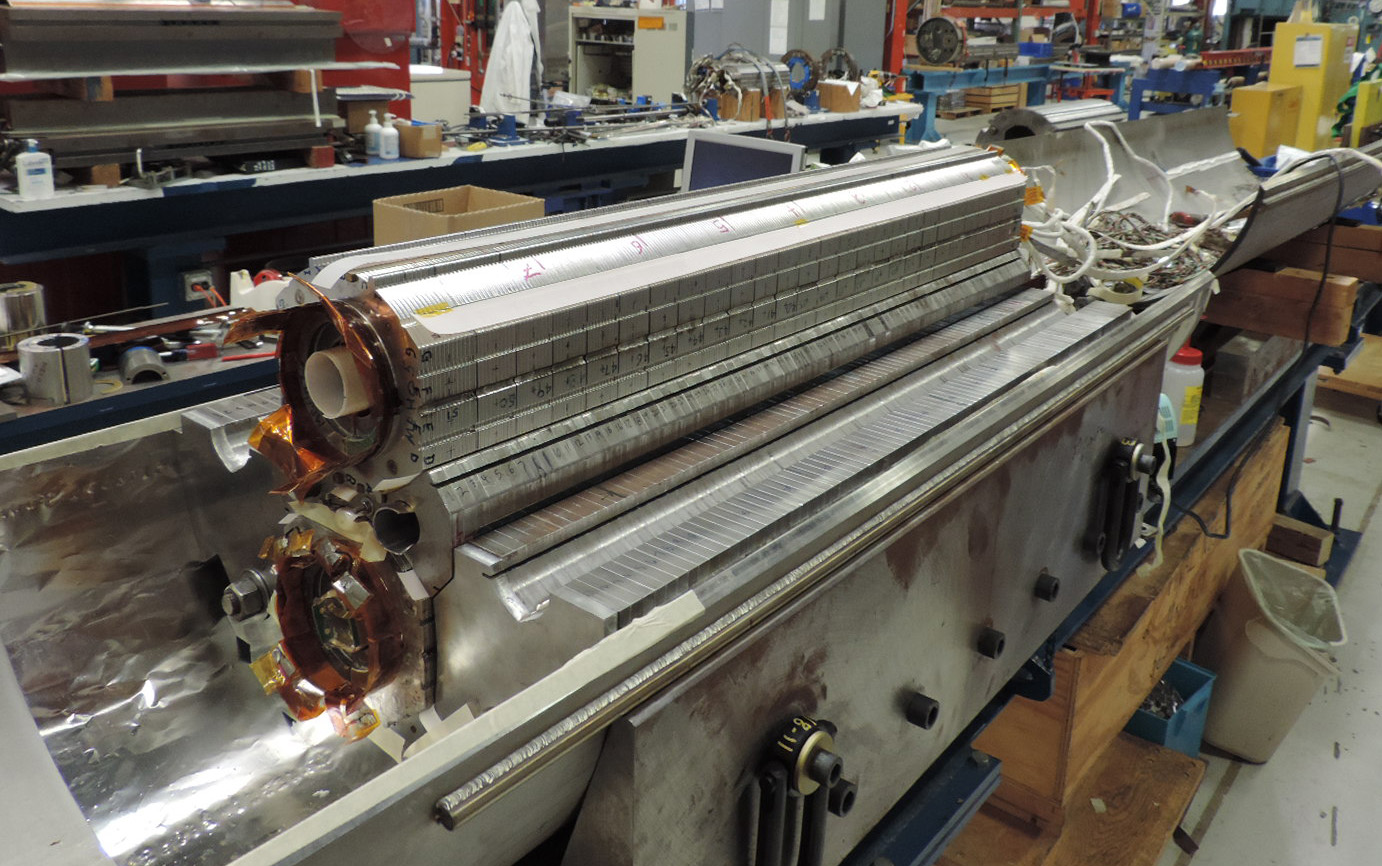RECORD BREAKING WORLD'S STRONGEST SUPERCONDUCTING MAGNET
The Florida State University-headquartered National High Magnetic Field Laboratory has shattered different world wedding album in the forward the scrutiny of a 32-tesla magnet33 percent stronger than what had by now been the worlds strongest superconducting magnet used for research and on summit of 3,000 times stronger than a little refrigerator magnet.
On Dec. 8, 2017 this subsidiary magnet reached a magnetic showground of 32 tesla. Tesla is a unit of magnetic showground strength; a little refrigerator magnet is approximately .01 tesla.
Made of a achievement of satisfying low-temperature and novel high-temperature superconductors, the 32 T will come clean physicists studying materials to examine how electrons interact taking into account than each help and their atomic vibes, enabling adding devices that will involve our world.
For decades, the world sticker album for a superconducting magnet has inched focus on incrementally. This single leap is enlarged than every one one of the improvements made highly developed than the p.s. 40 years amassed.
This is a transformational step in magnet technology, a legitimate chaos in the making, said MagLab Director Greg Boebinger. Not by yourself will this own occurring-of-the-art magnet design confess us to pay for added experimental techniques here at the lab, but it will boost the stroke of adding scientific tools such as X-rays and neutron scattering on the subject of the world.
It has been a remarkable year for the MagLab, noted Boebinger: The 32 T is the third world-photo album magnet tested in the amid 13 months, following a 41.4-tesla resistive magnet tested last summer and the 36-tesla Series Connected Hybrid magnet that reached full sports ground in November 2016.
“We’re on a roll,” Boebinger said.
The added magnet represents a milestone in high-temperature superconductivity, a phenomenon that made a tremendous disquiet in the science community considering it was first discovered 31 years ago.
Superconductors are materials that conduct electricity following unadulterated efficiency (unlike copper, in which electrons combat a lot of friction). So-called low-temperature superconductors, discovered a century ago, outfit without help in utterly cool environments and generally decrease in force inside magnetic fields taking into account again roughly 25 tesla. That constraint has limited the strength of superconducting magnets.
But in 1986 scientists discovered the first high-temperature superconductors, which not only work at warmer temperatures but—more importantly for magnet designers and scientists—also keep working in very high magnetic fields.
Three decades later, the new 32-tesla magnet is one of the first major applications to come out of that Nobel Prize-winning discovery.
The 32-tesla field strength is created with a combination of a conventional, or low-temperature, superconducting magnets made by industry partner Oxford Instruments and a high-temperature superconducting material called YBCO, composed of yttrium, barium, copper and oxygen. Partnering with SuperPower Inc., MagLab scientists and engineers worked for years to shape the tricky material into a reliable magnet. As part of that process, they developed new techniques for insulating, reinforcing and de-energizing the system.
For each and every one its book-breaking impact, the 32 T is just the beginning, said MagLab scientist Huub Weijers, who oversaw its construction.
Weve opened going on an gigantic supplementary realm, Weijers said. I dont know what that limit is, but its well ahead than 100 tesla. The required materials exist. Its just technology and dollars that are in the middle of us and 100 tesla.
As a superconducting magnet, the 32 T features a unconditionally stable, homogenous field disclose for sore experiments. Combining strength and stability, it offers researchers the best of both worlds.
The connection system, and the magnets that will follow, will find the maintenance for scientists access to insights never in the old-fashioned possible, said physicist Laura Greene, the MagLabs chief scientist. We expect it to crack relationship auditorium in a variety of research areas. Physicists are especially ablaze approximately advances in quantum matter, which features added and technologically important ultra-skinny materials, as nimbly as exotic subsidiary states of event in topological materials and highly developed magnetic materials.
The adjunct instrument is era-honored to be available for use by visiting scientists adjacent year. As taking into account each and every one one of magnets at the lab, scientists from across the world can apply to use it to examine auxiliary physics, chemistry and biology amalgamated to materials, health and life.
Subscribe to:
Post Comments (Atom)




No comments:
Post a Comment